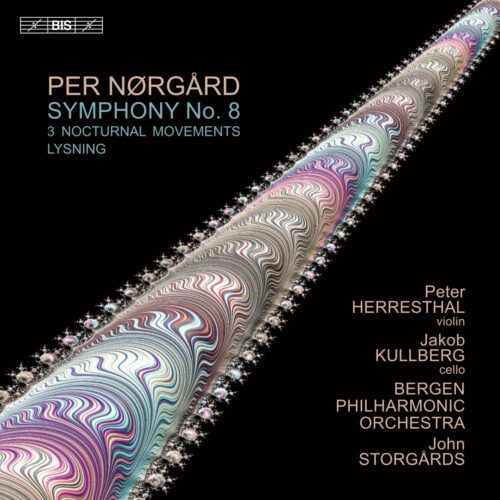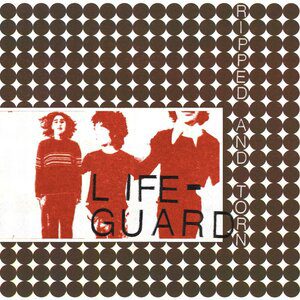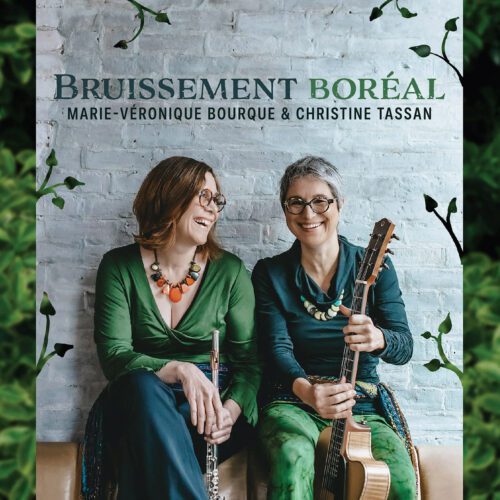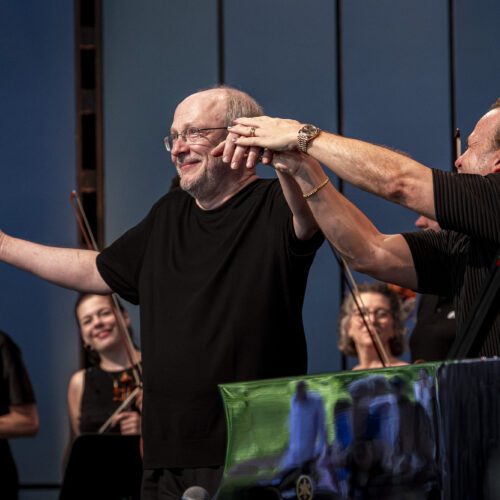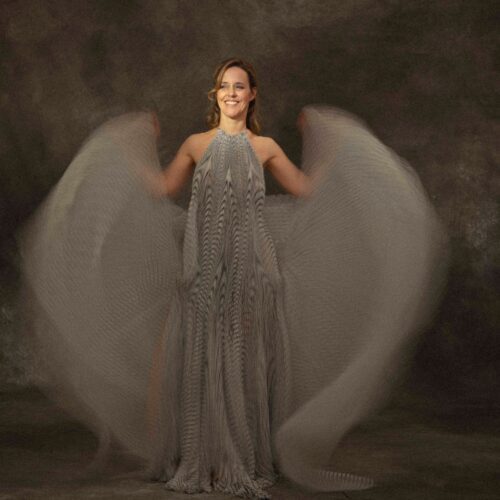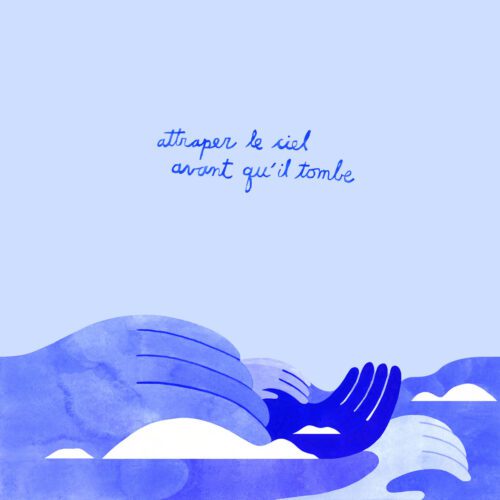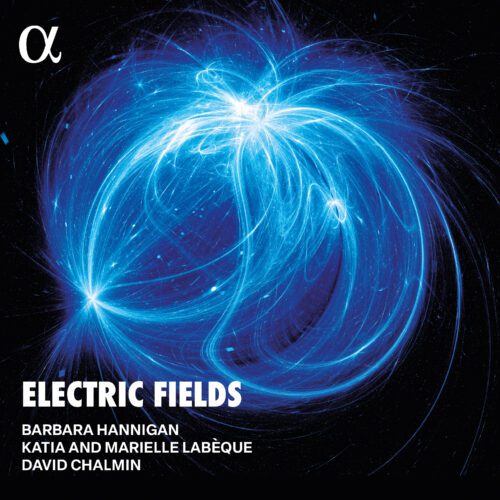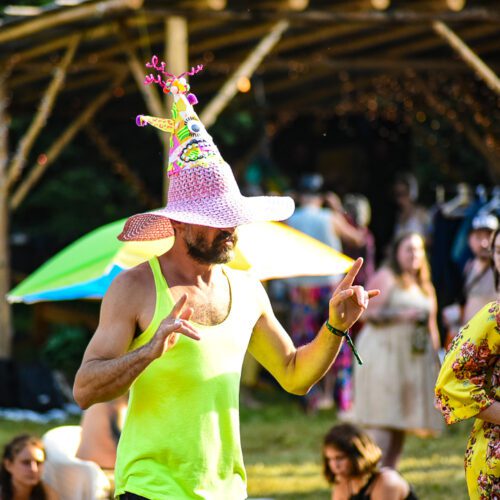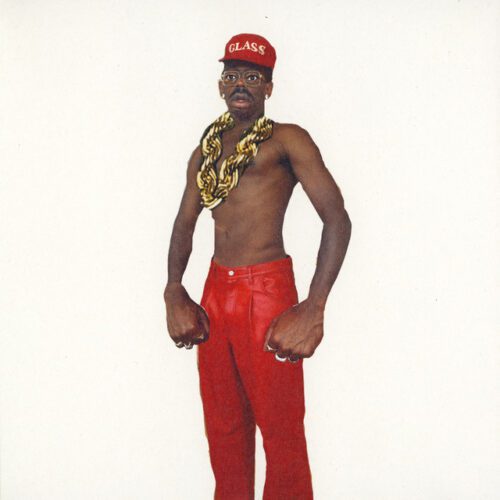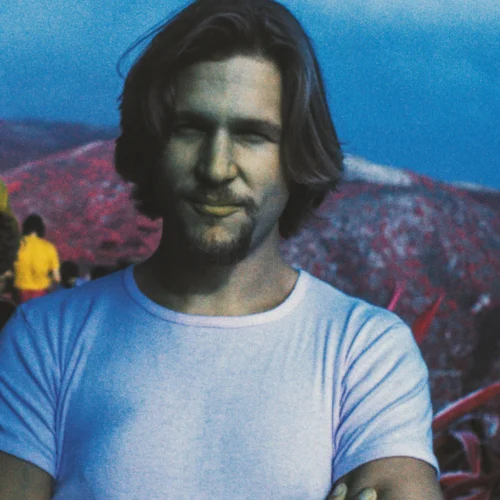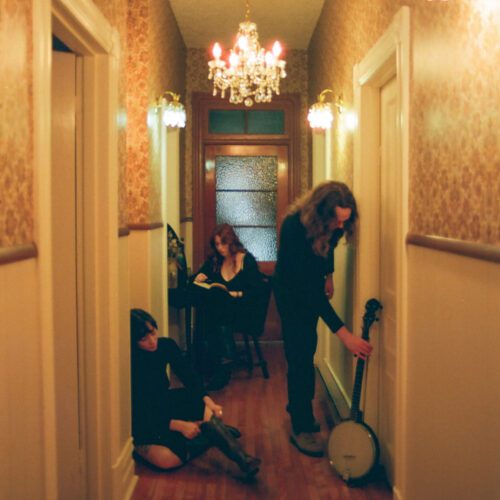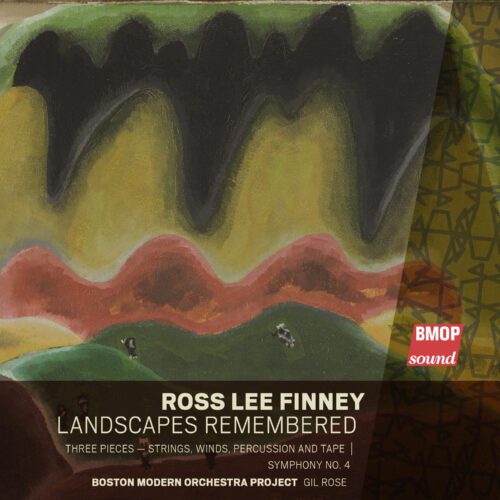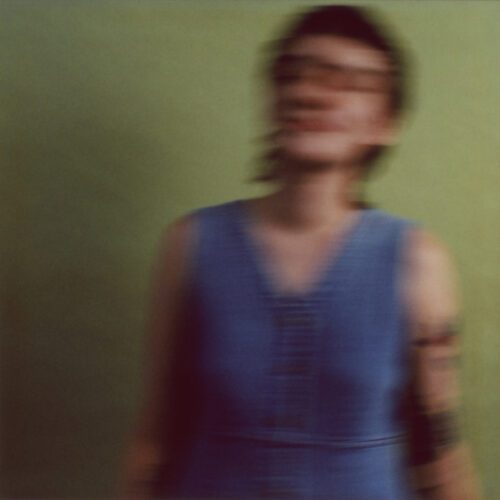Per Nørgård is THE contemporary Danish composer. His unique and superbly abundant writing, particularly for the symphony orchestra, has helped to fill today’s repertoire with a series of fascinating masterpieces. His approach to contemporary techniques is innovative. He is the creator of two original contemporary writing systems: infinite acceleration and infinite series.
The first accelerates the tempo until it doubles in speed before suddenly dropping back to half that speed. The effect is repeated to create the illusion of continuous acceleration. The second is derived from the superimposition of musical layers that have the capacity for systematic and potentially eternal development and contain both serial and organic properties. In short, he has adapted the strict serial and atonal structure to make it the repository of a complex but not hermetic expression.
The three works on the programme here make only partial use of the principle of infinite series, and not that of acceleration, but listening to them, one senses Nørgård’s preoccupation with sensitive and effective communication with music lovers.
His Three Nocturnal Movements for violin, cello and orchestra are woven of quivering textures, traversed by fine luminous chisels that cut through the sound space. The first two movements, imbued with a zen spirit, give way to a final movement shaken by dynamic spasms that more or less regularly threaten the contemplative plenitude established at the beginning of the triptych.
Symphony No. 8 is more agitated in general, but Nørgård, consistent with his usual approach, is constantly concerned to bathe his themes, his discursive lines, in a vibratory sound envelope, a little like spectral music. That said, the Dane occasionally injects almost romantic arias, which spectral music does not. This is masterly symphonic music, skilfully written and above all superbly rendered by the soloists (Peter Herrensthal on violin and Jakob Kullberg on cello) and the Bergen Philharmonic Orchestra conducted by John Storgårds.
This contemporary Nordic journey concludes with Lysning, for strings. Nørgård juxtaposes a number of musical ideas in two versions, one dark and the other brighter, a kind of black-and-white mirror of the basic material. This interplay of light and shadow gives off a strong impression of romanticism, reminiscent of Barber’s Adagio.
